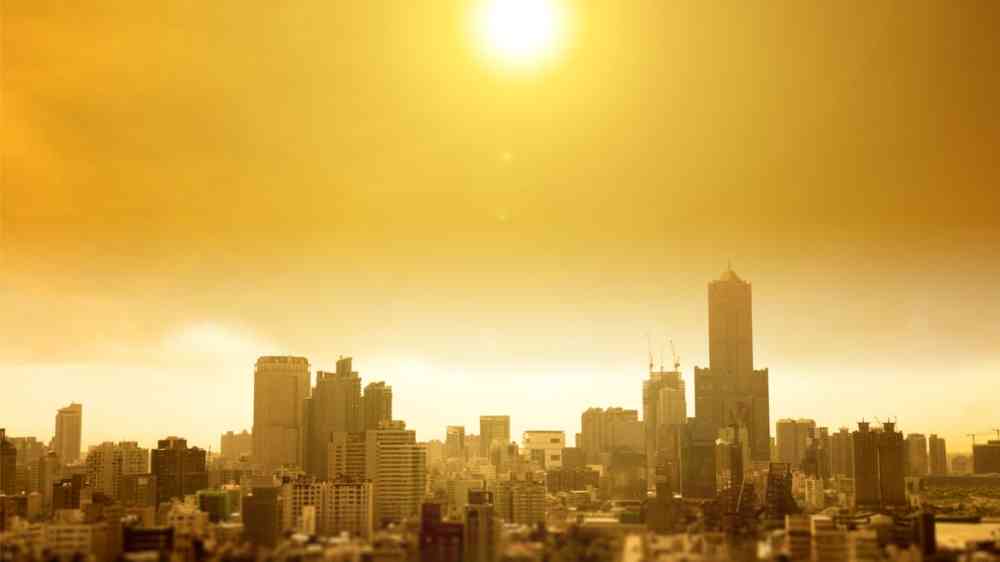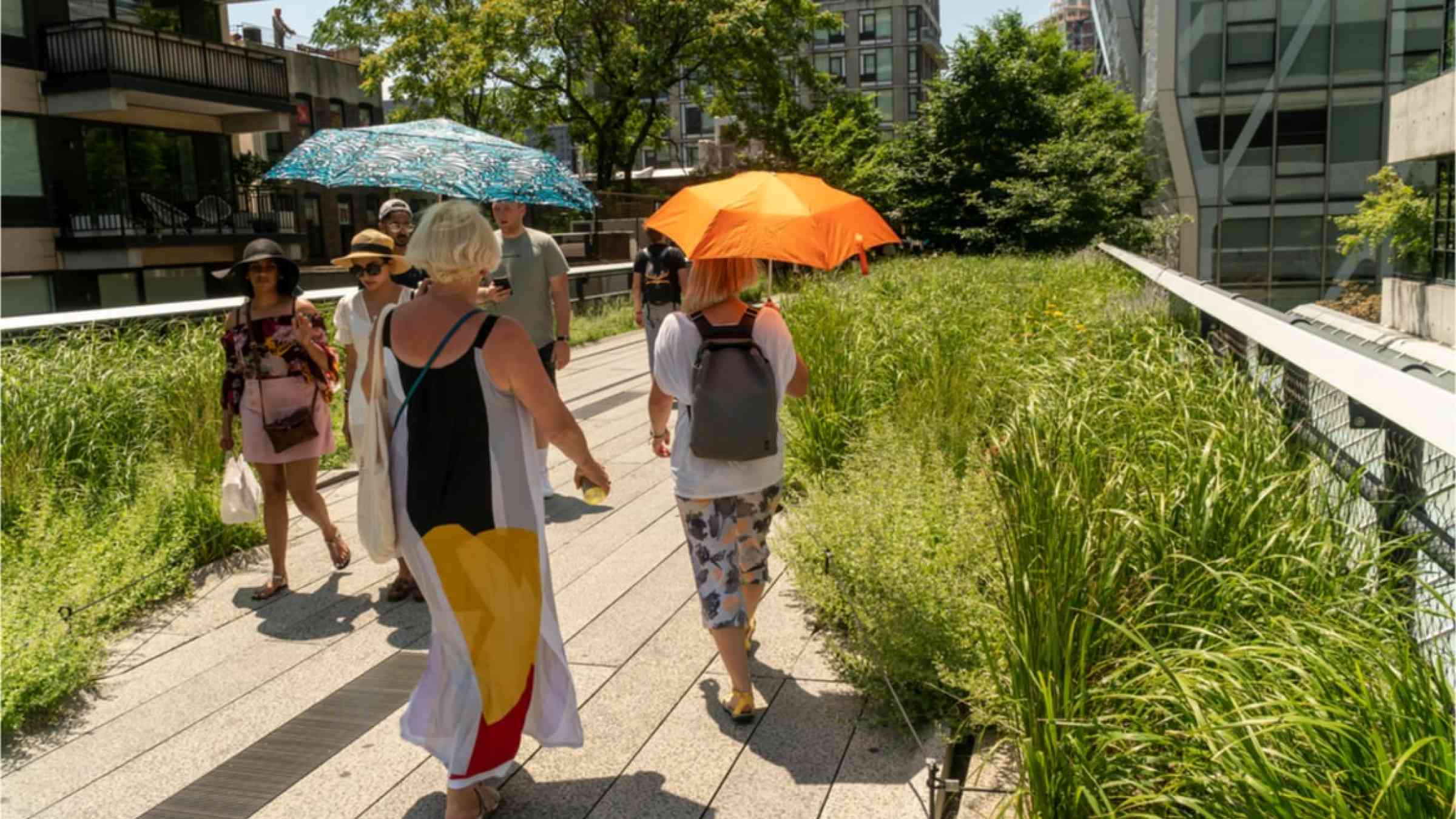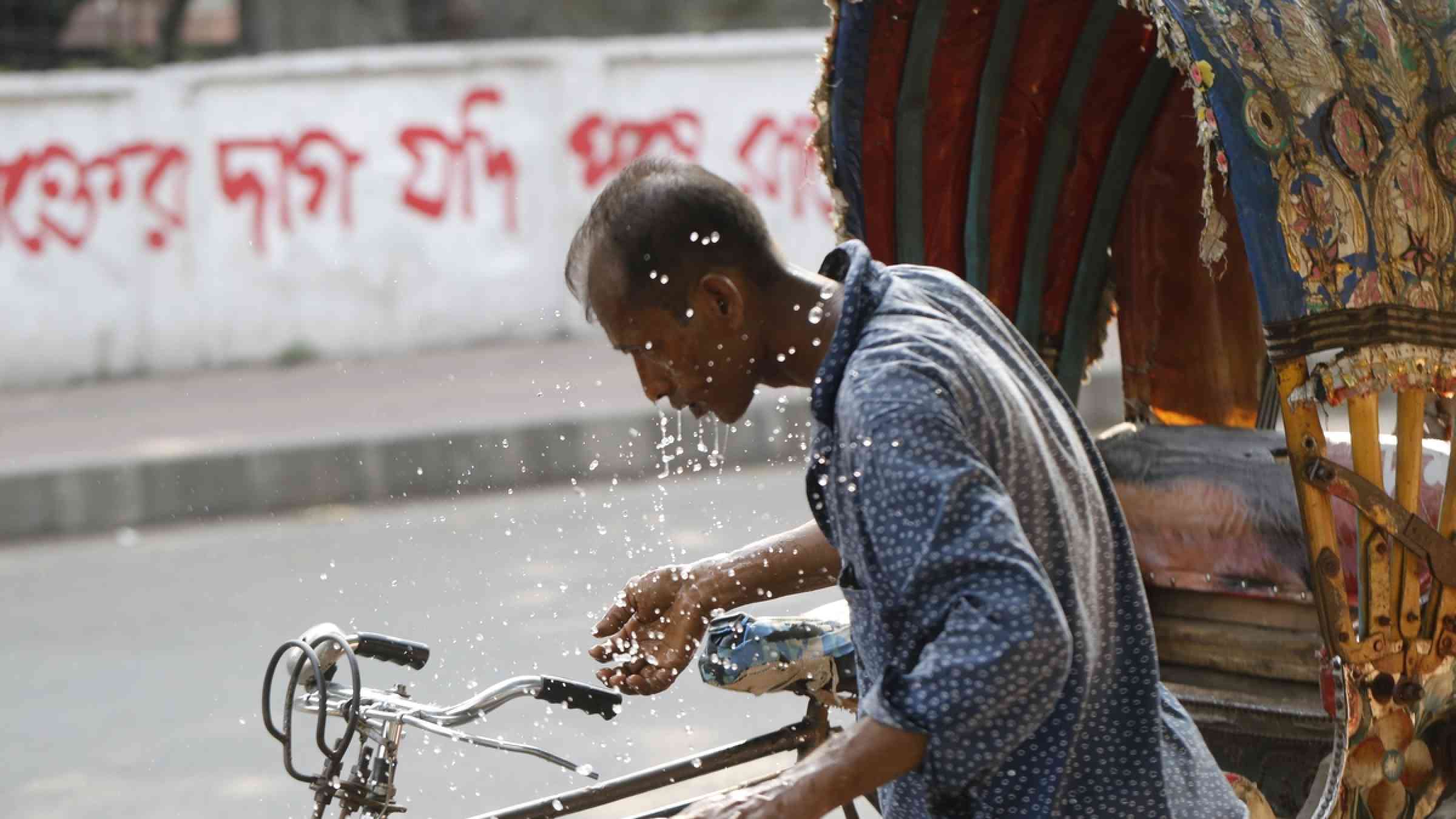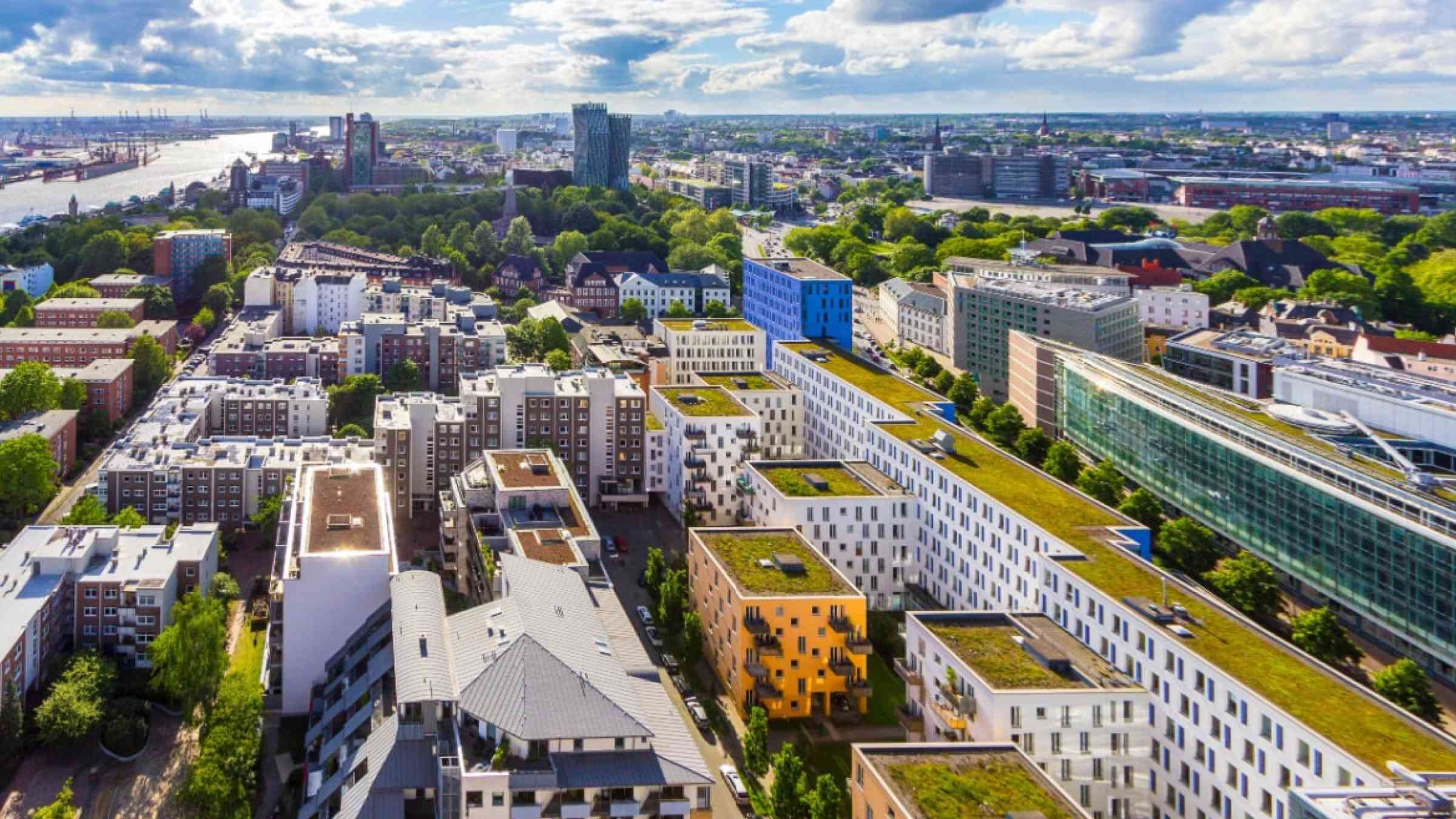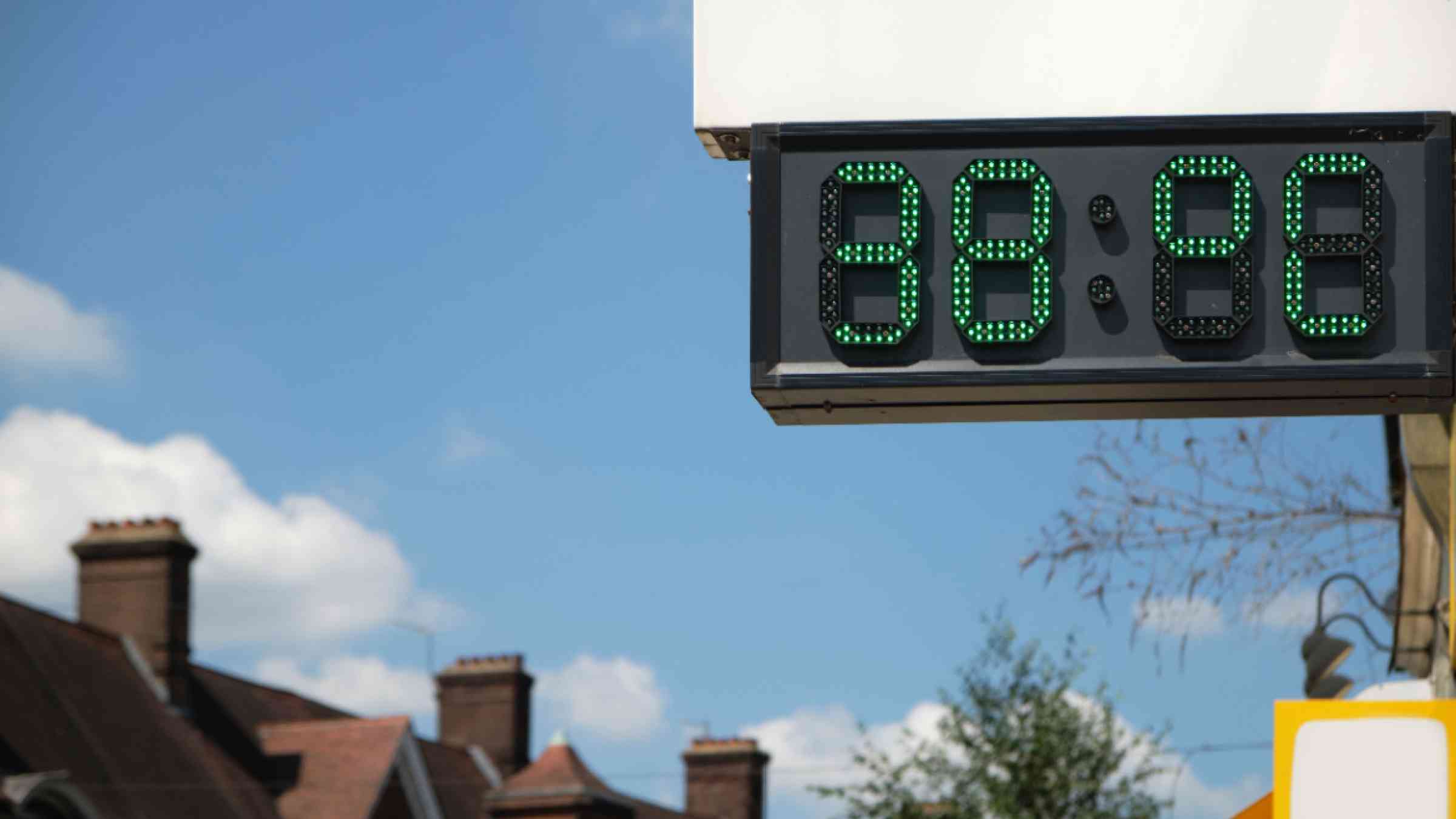Urban heat solutions

Introduction
During heat waves, the highest temperatures are often found in urbanized areas. By 2070, 3.5 billion people will be heavily affected by heat, 1.6 billion of whom will live in urban areas (Chi Xu et al. 2020). Rising temperatures can negatively impact vulnerable people, workers, infrastructure and even GDP.
As the world warms, there is an urgent need to find ways to prevent the worse. Heat is a growing global challenge for communities large and small, across every development context, and requires collaboration amongst a wide array of disciplines and topic areas. In addition, newly sweltering countries can learn from heat-hardy ones about ways to stay cool.
This collection compiles stories from around the world on how to reduce heatwave risk.
